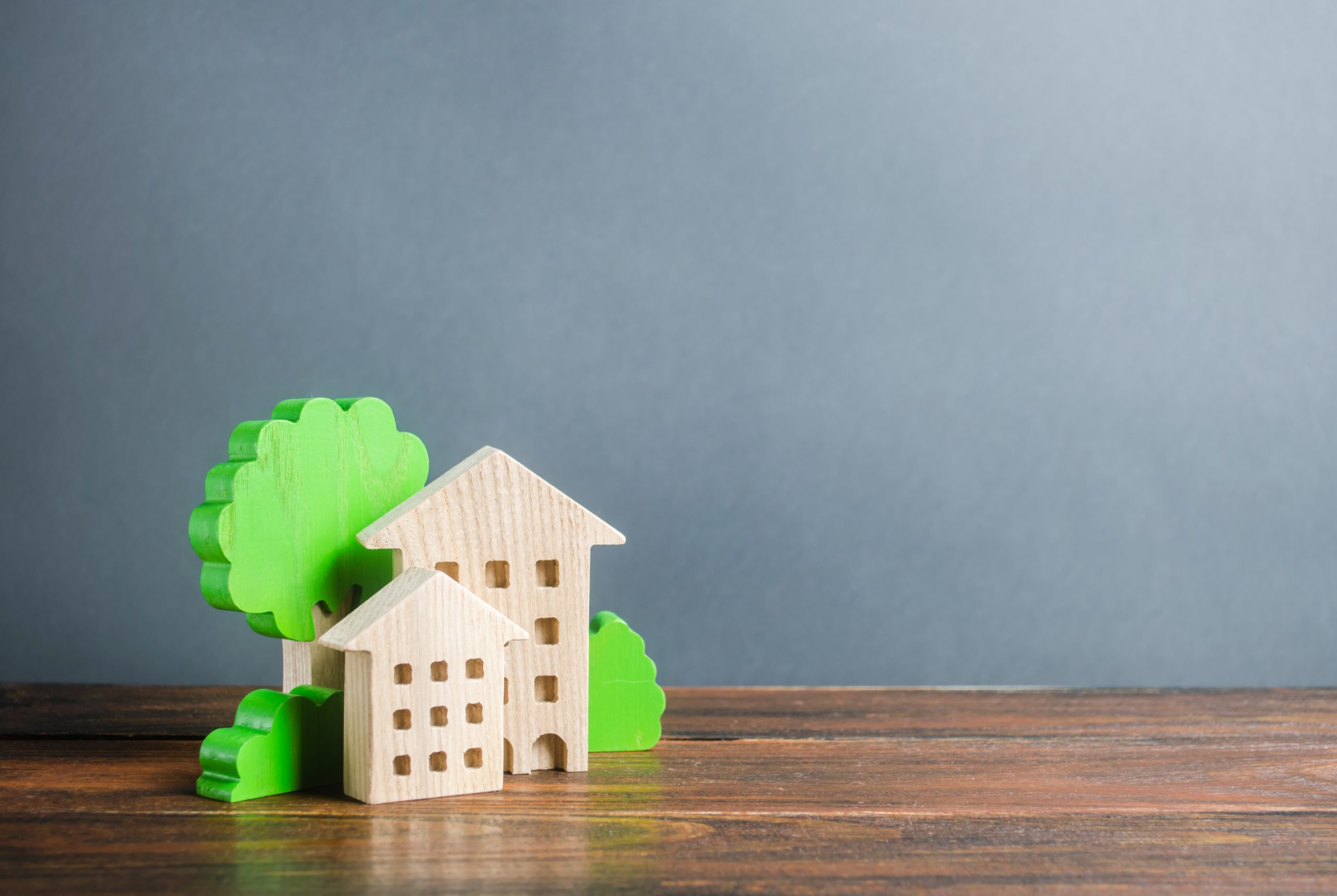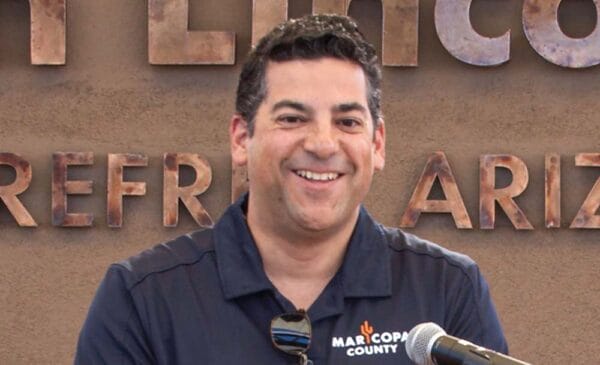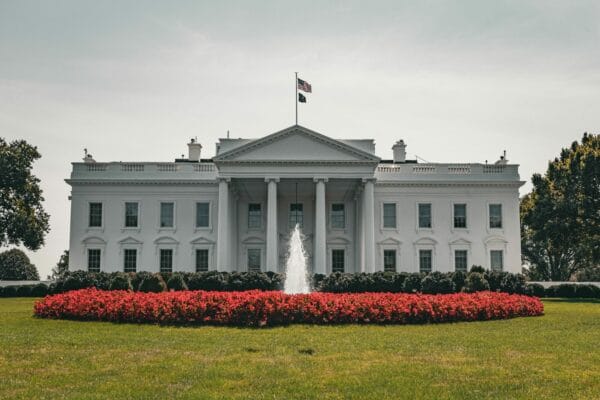By Larry Kush | Rose Law Group Reporter
This means that if all 50,600 new units were built, the city would stand to gain approximately $247 million in construction revenues, equaling an additional $84 million in ongoing annual revenue by 2030. And remember, redevelopment and economic activity is how we pay for all the things we love about Scottsdale, and how we keep it special (preserve, parks, police and fire, amenities, open spaces…) and how we keep our property taxes low (and property values high).
Furthermore, a recent NYU study found that “for every 10% increase in the housing stock, rents decrease 1%,” and a similar study out of San Francisco identified that “rents fall by 2%. Renters’ risk of displacement to a lower-income neighborhood falls by 17%.”
In response to anti-housing actions (such as those being taken by or proposed by the City Council of Scottsdale) as well as existing zoning regulations that have added to the cost of housing construction over the years and have contributed to Scottsdale’s more recent housing affordability issues, the Arizona Senate, in January of this year, passed Senate Bill 1409. SB1409 states that before adopting any zoning ordinance or zoning ordinance text amendment of general applicability, the legislative body of a municipality (such as the Scottsdale City Council) shall consider the probable impact of the proposed zoning ordinance or text amendment on the cost to construct housing for sale or rent.
SB1409 serves as a reminder that the state is now actively examining barriers to housing development and is prepared to take action against any municipality which continues to place unreasonable roadblocks in front of new housing submissions.
If this state action is not warning enough to discourage anti-housing policies, one only needs to look to California where its state legislature just passed by a vote of 45-19, legislation allowing property owners to subdivide their lots allowing two units per parcel thus increasing density to as many as four units on a single-family plot.
One housing authority said “this law makes it easier for property owners to develop backyard cottages that they can rent to tenants or family, and allows small condominium and apartment buildings in single-family house neighborhoods where they’ve historically been outlawed.”
It’s just not California that is taking these measures. Cities including Charlotte, N.C.; Minneapolis; and Portland, Oregon, have moved to allow multifamily buildings on lots previously limited to single-family houses.
Last but certainly not least, in his proposed $2 trillion infrastructure bill President Biden wants cities to build more apartment buildings and multifamily units, to include such actions as converted garages, in areas traditionally zoned for single-family housing.
As part of his $2.3 trillion infrastructure plan, cities would allow for smaller lots and for apartment buildings with fewer than six units to be built next to a traditional house. Eliminating exclusionary zoning as a way to build more climate-resilience multifamily housing can help address both the quality of life and the utility costs of low income residents, said Richard Lamondin, CEO of Ecosystems, an energy conservation company that retrofits bathroom fixtures to cut water usage by 40%.
His company has projects in over 30 states, many of them affordable housing units. “It’s a no-brainer to continue to push this,” Lamondin said.
Biden’s plan is being debated at a time when the country’s affordable housing stock is far below the level of need.
COVID-19 has made that need worse, triggering a buying spree (such as the one we are currently witnessing in Scottsdale) as prospective homeowners seek to take advantage of low mortgage interest rates. At the same time, millions of out of work or underemployed Americans are struggling to keep a roof over their heads, and others have become homeless.
In all, nearly 40 million people are under threat of eviction and median listing prices for homes skyrocket — in Scottsdale alone prices have risen by 25% compared to July last year.
The key challenge in the housing market is a lack of supply, explained Tendayi Kapfidze, chief economist at Lending Tree.
In Scottsdale, recent submissions for apartment projects in both north and south Scottsdale have been met with virulent opposition. Complaints about height, density and increased traffic fuel the anti-growth mantra of neighbors trying to “preserve” their way of life while failing to realize that this is not the 1960s. We need to make room for our fellow citizens and we need do it ourselves before the state or federal government steps in and does it for us.
Editor’s Note: Larry Kush is a 45-year Scottsdale resident; former 6-year Scottsdale planning commissioner and lifelong advocate for fair and affordable housing.












